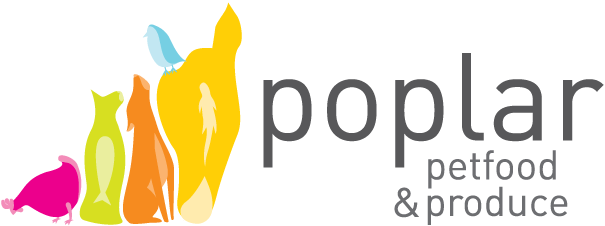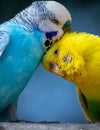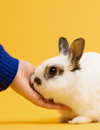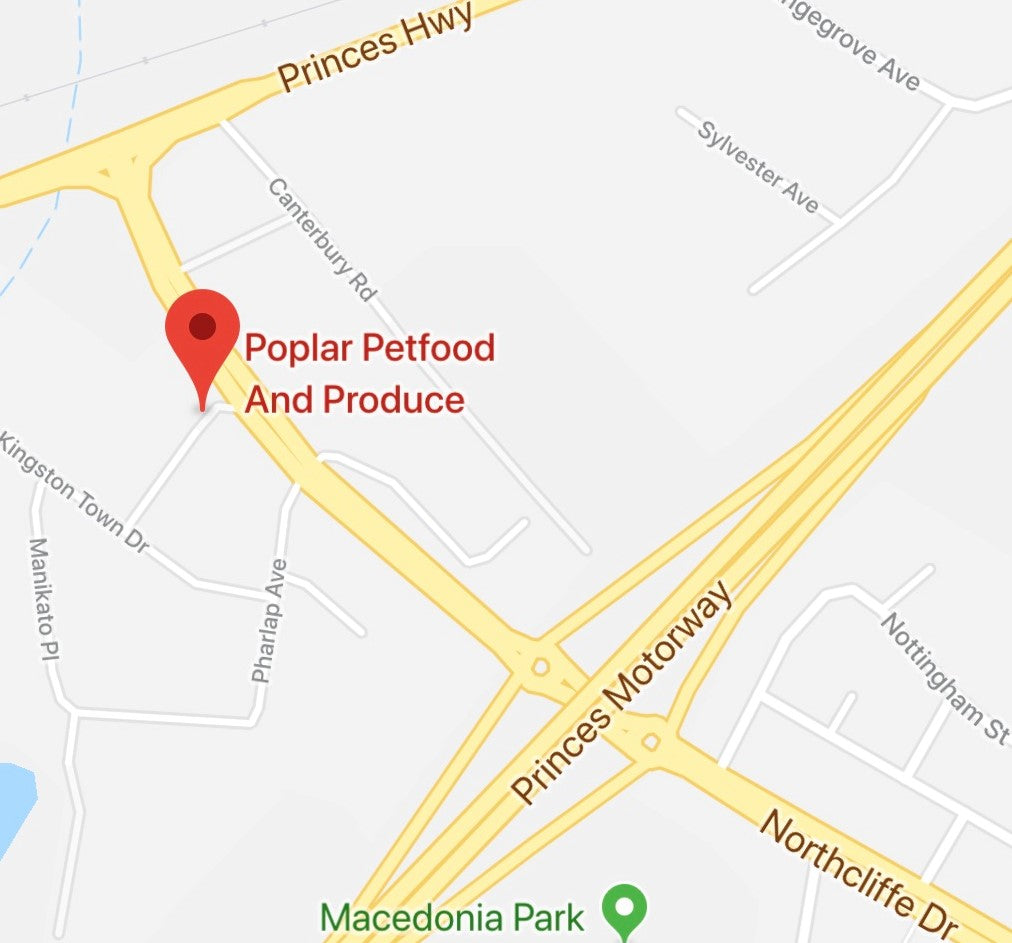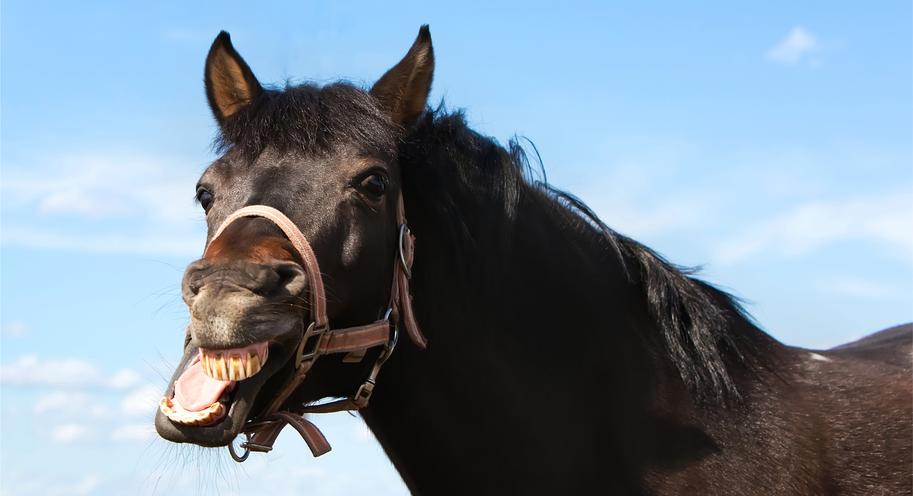
A horse’s mouth is a gateway to understanding and maintaining the overall health of the horse. Practising key routines helps to ensure the horse stays happy and healthy.
Plus, knowing a little history gives insight as to why it is important for horse owners to keep up with the routines.
A little horsey history
Horse feeding habits have changed drastically from their feral ancestors ever since their domestication nearly 5,500 years ago. Wild horses grazed consistently on a variety of forage plants with various textures. Most of the day was spent foraging and chewing with their heads bent to the ground. Ground-feeding was (and still is) necessary for maintaining even wear to the teeth because of how the mouth and jaw moved to grind the food. The varied textures and sizes of food helped to keep the teeth filed.
Nowadays, many horses spend much of their time in stalls for feeding. They often rely on hay and grain as their primary food sources or as supplements to limited grazing. They also might eat from elevated feeders and hanging nets in the stalls instead of their instinctual ground-feeding.
Make it a routine
Although most horses seem to be perfectly content with their domesticated way of life, a responsible horse owner has to compensate her equine friend’s lack of primal dentistry by knowing what to look for.
Here are four basic routines to make sure all is well in the horse’s mouth.
- Consider the feed
Since horses no longer spend up to 18 hours a day grazing in the wild, humans are responsible for making sure their feed is physiologically satisfying. Make sure there isn’t any rubbish or unfavourable weeds in his grazing environment. Mend fences that seem like escape routes so that your equine friend does not wander to where unsafe plants may be growing.
Most modern hay and grain meals are too easy for the horse to chew. Kentucky Equine Research mentions that this is a contribution to dental problems, stating that easier chewing may mean that the teeth do not wear as fast or as evenly. When the horse has a coarser feed of good quality long fibre, and when he is fed from the ground, it requires him to grind more with the molars in their natural sideways jaw movement.
- Watch feeding habits and general behaviour
Certain mannerisms may reveal if the horse is experiencing any pain or discomfort. During feeding, these could include quidding (spilling or drooling semi-chewed food), cocking the head, slow eating, and drinking during feed time. The jaw should move easily from side to side with an audible grinding sound. This ensures that the incisors are short enough for the molars to grind the food properly.
The MSD Animal Health Hub suggests other behavioural shifts to watch for:
- reduced appetite or refusal to eat
- difficulty opening or closing the mouth
- unexplained weight loss
- bad breath and nostril discharge
- poorly digested food in the manure
- riding becomes more difficult with inconsistent head carriage
- Routine brushing
Humans brush teeth twice a day, so for the horse’s sake make it a habit of brushing his teeth at least a couple of times a week. According to the Australian Equine Dental Practice (AEDP), routine brushing significantly reduces tartar and periodontal (gum) disease. Equine toothbrushes are available and designed specifically for removing and dislodging food stuck between the teeth.
While brushing, inspect the teeth for sharp molars, irritated gums, bleeding, and lost or broken teeth. Yellow, brown, and sometimes black staining is normal, so don’t attempt to scrub them to gleaming perfection!
- Routine check-ups
Unfortunately, oral problems are relatively common in horses, so it is essential to make sure that the horse has routine check-ups by an equine dental veterinarian. The Australian Veterinary Association recommends getting teeth checked at least once a year, while young horses from birth to age six and senior horses 20 years and older should be seen twice a year.
The edges of the upper and lower teeth may become sharp which can be painful for the horse. The equine dentist technician (EDT) will smooth down the sharp edges by a rasping process called ‘floating’, and will inspect the health of the rest of the mouth. The EDT will also check the head for any swelling or abnormalities.
Having a horse is not always an easy task, but the friendships that humans and horses have created make it incredibly worth it. Staying informed, being aware of the horse, and working in conjunction with an equine dentist are great ways to care for the horse’s teeth, which is paramount for his overall health. It makes for a happy equine parent and a happy horse, of course.
